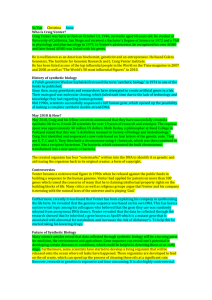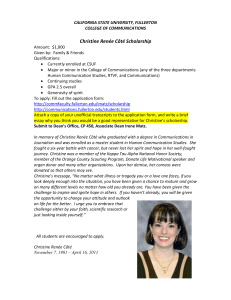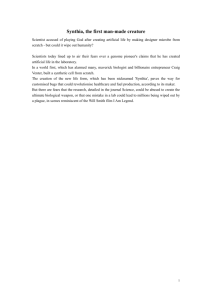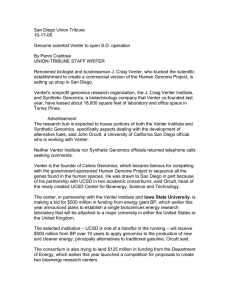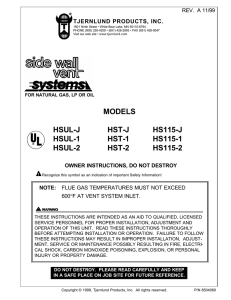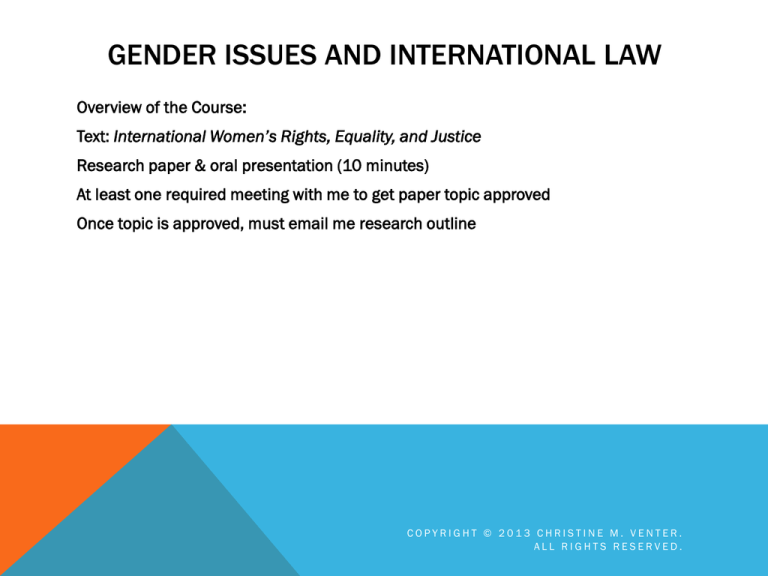
GENDER ISSUES AND INTERNATIONAL LAW
Overview of the Course:
Text: International Women’s Rights, Equality, and Justice
Research paper & oral presentation (10 minutes)
At least one required meeting with me to get paper topic approved
Once topic is approved, must email me research outline
COPYRIGHT © 2013 CHRISTINE M. VENTER.
ALL RIGHTS RESERVED.
HOW CLASS WORKS
You read relevant chapter before class
In class—I provide more information on topic through slides
Often short documentary clip
Class discussion fostered by groups of students (assigned)
Slides will be posted on TWEN
COPYRIGHT © 2013 CHRISTINE M. VENTER.
ALL RIGHTS RESERVED.
OVERVIEW/OUTLINE OF THIS CLASS
Provide general overview of the development of Int’l Law & Human Rights Law in the
UN system
Talk about specific treaties and conventions that deal with women’s rights
Talk about Convention on the Elimination of All Forms of Discrimination Against
Women (CEDAW)
COPYRIGHT © 2013 CHRISTINE M. VENTER.
ALL RIGHTS RESERVED.
TERMINOLOGY
International Law—deals with relationships between states
International Human Rights Law—deals with relationship between individuals,
organizations and states regarding human rights guaranteed at state, regional
and international level
Humanitarian Law—deals with law of armed conflict, war crimes, etc.
COPYRIGHT © 2013 CHRISTINE M. VENTER.
ALL RIGHTS RESERVED.
EARLY REFERENCE TO WOMEN’S RIGHTS IN
INTERNATIONAL LAW: 1904 INTERNATIONAL AGREEMENT FOR SUPPRESSION OF WHITE SLAVE TRAFFIC
• Purpose was to protect women and girls from being
forced or enticed into “immoral purposes” in order to
“gratify the passions of another person” “in different
countries”
• Amended in 1910 to clarify that did not apply to
domestic prostitution (governed by internal
legislation)
COPYRIGHT © 2013 CHRISTINE M. VENTER.
ALL RIGHTS RESERVED.
LATER DEVELOPMENTS IN TRAFFICKING
League of Nations studied trafficking—revised definition of slave trade to cover all
races and male and female children
1921 International Convention for the Suppression of the Traffic in Women and
Children
COPYRIGHT © 2013 CHRISTINE M. VENTER.
ALL RIGHTS RESERVED.
EVOLUTION OF HUMAN RIGHTS LAW
1945 UN established (post WWII)
UN established a Commission on Human Rights and charged it with the task of drafting a
document spelling out the meaning of the fundamental rights and freedoms proclaimed in
the UN Charter.
Led to 1948 Universal Declaration of Human Rights
COPYRIGHT © 2013 CHRISTINE M. VENTER.
ALL RIGHTS RESERVED.
WHERE DO WOMEN’S RIGHTS FIT IN?
First general focus on human rights—Art 1 of the Universal Declaration provides that
all human beings are equal in dignity
Art 2—(women’s rights)—no distinction on the basis of sex)
Followed by the Covenant on Civil and Political Rights (ICCPR) (Art 2(1), Art 3 pertain
to women)
Covenant on Economic, Social and Cultural Rights (IESCR)
COPYRIGHT © 2013 CHRISTINE M. VENTER.
ALL RIGHTS RESERVED.
1948 U.N. DECLARATION OF HUMAN RIGHTS
Article 2.
Everyone is entitled to all the rights and freedoms set forth in
this Declaration, without distinction of any kind, such as
race, colour, sex, language, religion, political or other
opinion, national or social origin, property, birth or other
status.
Article 3.
Everyone has the right to life, liberty and security of person.
COPYRIGHT © 2013 CHRISTINE M. VENTER.
ALL RIGHTS RESERVED.
U.N. DECL. CONT’D.
Article 4.
No one shall be held in slavery or servitude; slavery and
the slave trade shall be prohibited in all their forms.
Article 5.
No one shall be subjected to torture or to cruel, inhuman
or degrading treatment or punishment.
Article 6.
Everyone has the right to recognition everywhere as a
person before the law.
COPYRIGHT © 2013 CHRISTINE M. VENTER.
ALL RIGHTS RESERVED.
The full set of PowerPoint slides is
available upon adoption.
Email crutan@cap-press.com
for more information.

